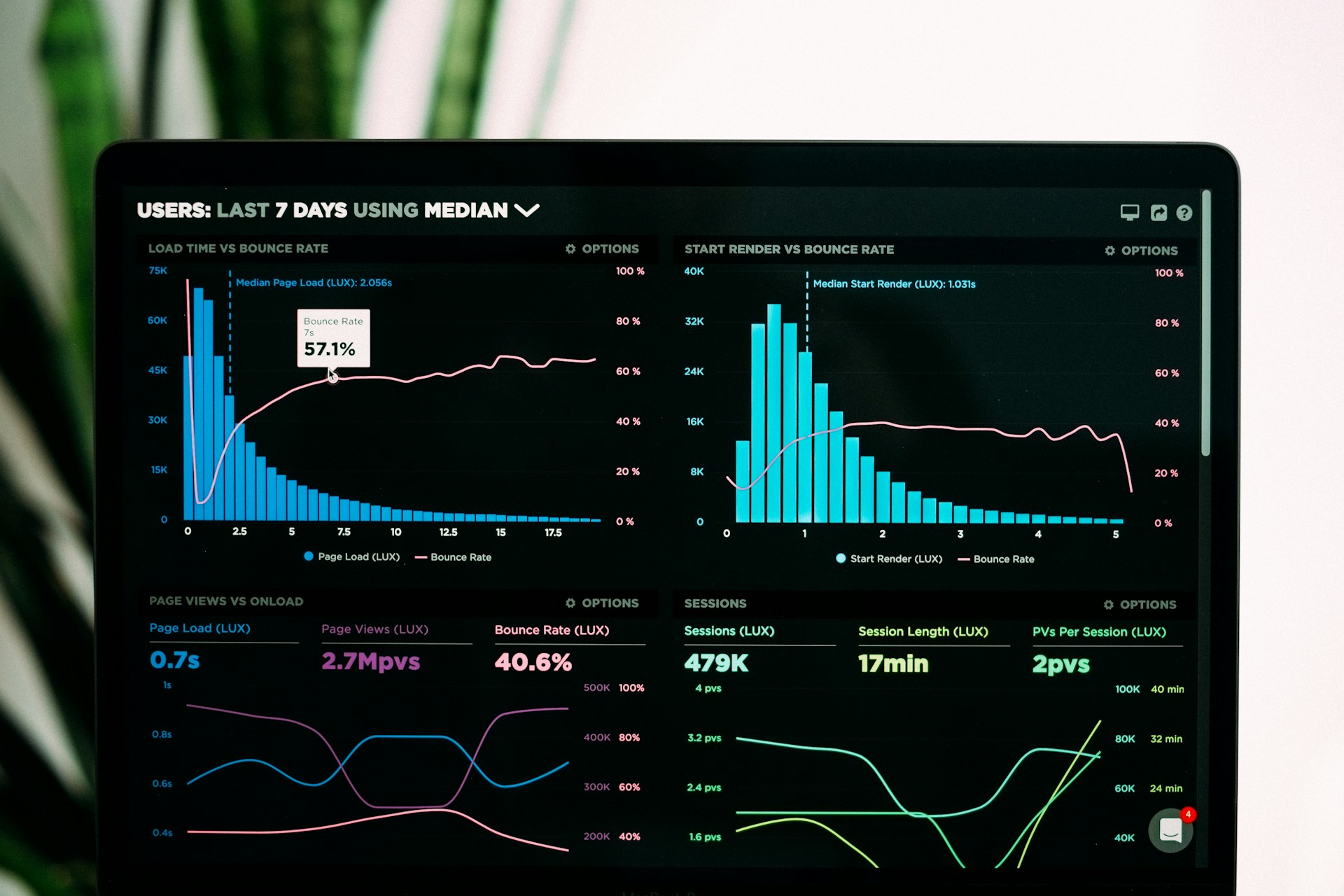
Explore how data analysis helps businesses understand customers, forecast trends, and make smarter decisions for higher profitability.
In today’s competitive business environment, every organization aims to maximize its revenue while maintaining efficiency. One of the most effective ways to achieve this is through data analysis. By transforming raw data into meaningful insights, companies can understand customer preferences, forecast trends, and make decisions that directly impact profitability. Data analysis not only enhances strategic planning but also helps in identifying opportunities that may otherwise go unnoticed. From refining pricing models to improving customer retention, it acts as the foundation for smarter and more sustainable growth. This post explores how data analysis drives revenue optimization and why it has become an essential component of modern business strategy.
Understanding Customer Behavior
Analyzing data may help you in many ways; however, the best benefit may be understanding customer behavior. By analyzing purchase patterns, businesses can gain insight into what products and services may garner the most interest. With this information, companies can modify their services and products according to customer needs for revenue optimization. Furthermore, behavior helps create targeted marketing strategies that appeal to even the core set of the audience.
Enhancing Product Development
Data analysis can improve product development. By analyzing feedback and tracking sales, businesses can identify features that consumers find most attractive. This provides insights that drive the development of products that surpass customer expectations. Enhanced merchandise will bring more sales and repeat customers, both of which have a direct correlation to your bottom line.
Optimizing Pricing Strategies
Revenue is highly dependent on pricing. A little data analysis will reveal the best factors in pricing. Through the study of competitor pricing and buyer behavior, organizations can leverage price setting in ways that maximize profit while still being competitive. Such an approach allows for a bigger slice of the market and increased earnings as well.
Improving Customer Retention
It is less costly to retain existing customers than to acquire new ones. You analyze data to determine how customers stay and leave. By analyzing customer satisfaction surveys, feedback, and purchase history, a business can develop specific strategies to improve its retention rates. Customers who are content lead to repeat purchases, which further aids in creating a steady stream of revenue.
Identifying New Market Opportunities
Through data analytics, businesses can identify previously underrepresented areas of market opportunity. By analyzing trends and what consumers are into, companies can find growth opportunities. Enabling organizations to enter new markets transformatively opens new revenue streams.
Streamlining Operations
The core of running a successful business lies in creating operational efficiency. Through data, inefficiencies and areas for improvement can be identified within business processes. It helps to save costs and increase productivity by streamlining operations. These monetary savings efficiently add up to boost the profit margin.
Enhancing Marketing Efforts
Marketing is a must for sales to convert. With data analysis, businesses can measure the performance of their marketing campaigns and modify the strategies if needed. This means that businesses can spend wisely by planning campaigns in order of their success. Such a focused approach will ensure that marketing contributes positively to revenue growth.
Predicting Future Trends
Another benefit of data analysis is the ability to forecast future trends. Using the historical data, businesses can predict and adapt to market changes. This foresight allows organizations to stay ahead of the competition and capitalize on opportunities as they arise, allowing them to drive consistent revenue growth.
Reducing Risks
In fact, all business decisions have risks built into them. Risk assessment and mitigation are done with the help of data analysis. By predicting possible results and knowing the market’s movements, a company can make an informed decision that helps reduce losses. Lowered risks promote stability in revenue and long-term success.
Conclusion
In summary, data analysis is a crucial component of revenue optimization. Data analysis enables businesses to make well-informed decisions by providing insights into customer behavior, product development, pricing strategies, and other related aspects.
Such decisions result in better customer experiences, streamlined processes, and increased profitability. Utilizing data analysis prepares organizations with the skills and knowledge required to navigate the increasingly competitive marketplace today and carve a sustainable path towards growth and effectiveness.
Was this news helpful?






 Yes, great stuff!
Yes, great stuff! I’m not sure
I’m not sure No, doesn’t relate
No, doesn’t relate



